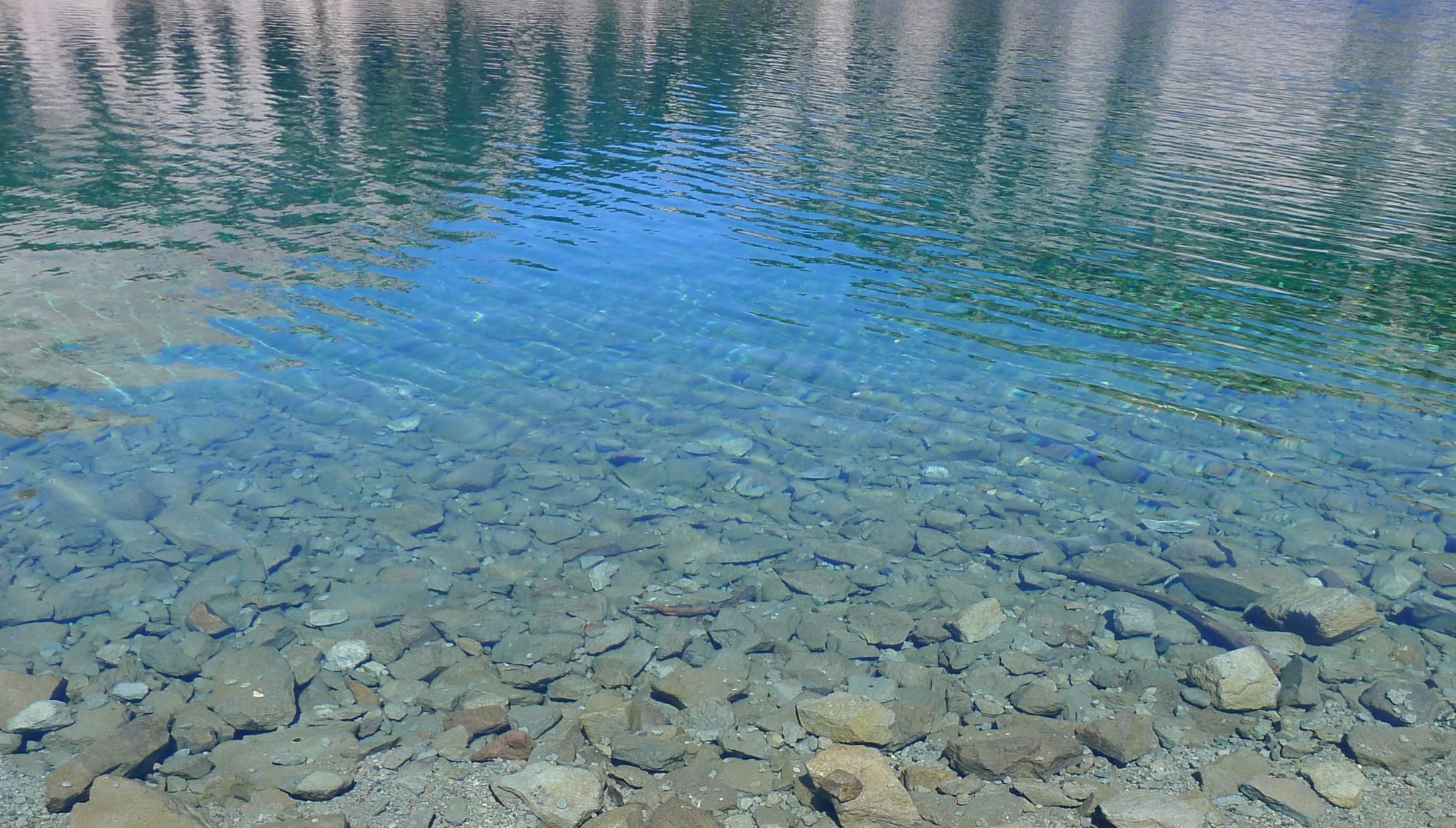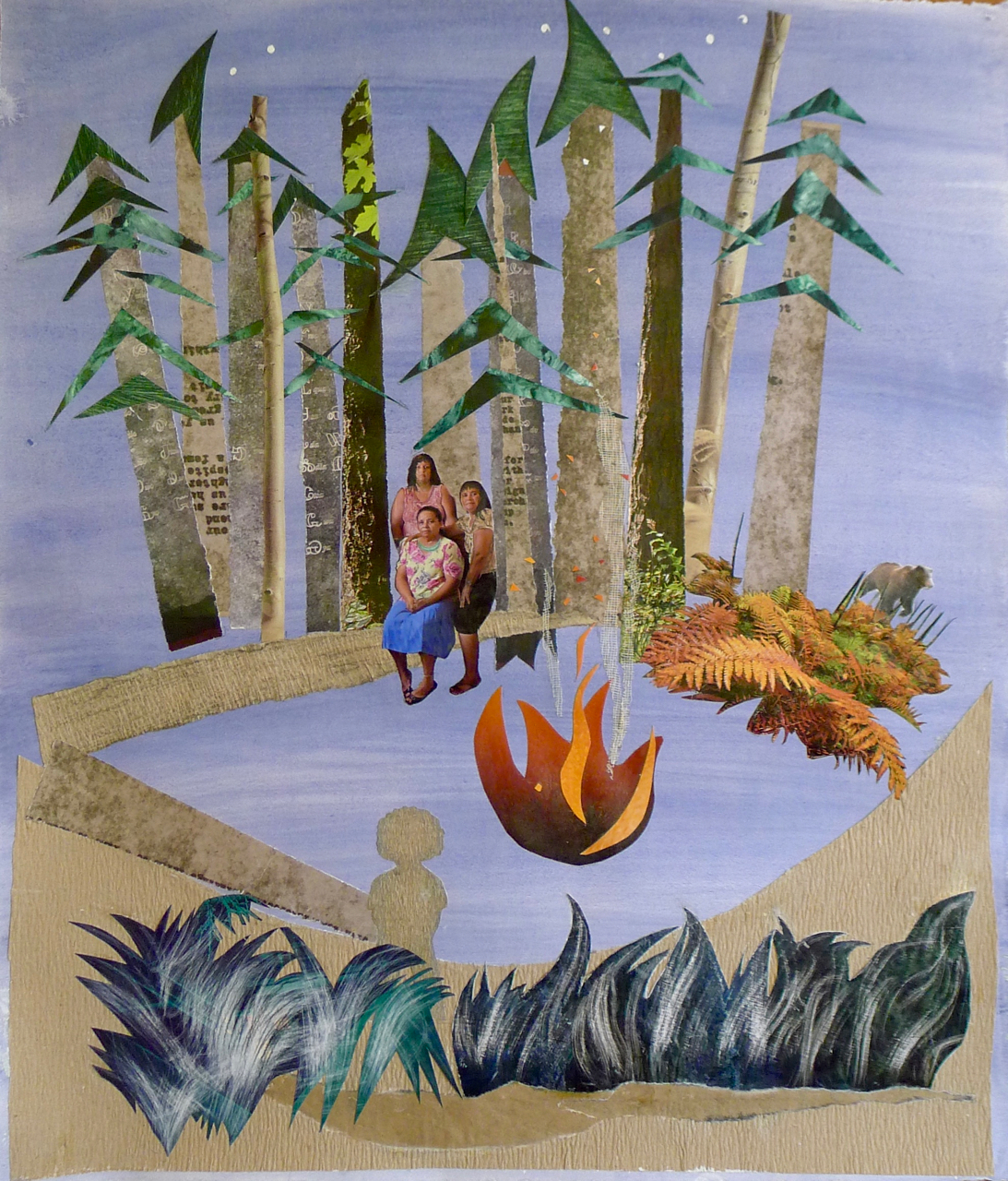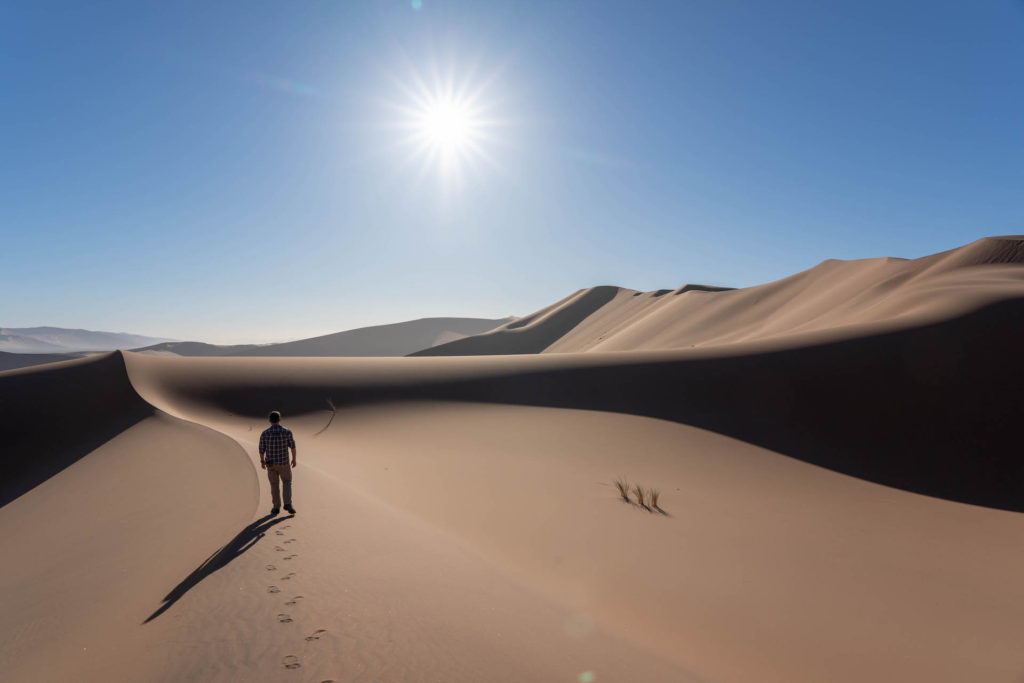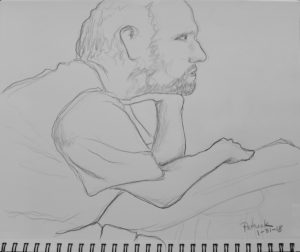 Foodbank Tales #3
Foodbank Tales #3
I leave the house at 9:00 am on Fri. for my scheduled pick up time at 9:15. Loading takes about 15 minutes and we’re off, Veronica and me, to our first stop maybe 15 min. later. Today we’re in the Roosevelt neighborhood that has a grand mix of low income and middle-class homes. The stops are pretty routine, and as is often the case only one person so far has answered our knock as we stack food boxes and rap on the next door. Until the second to the last stop. Still, it’s a nice day, good to be outside and on the move doing this small worthwhile thing.
The address is a faded-pink apartment complex on Alabama, a major thoroughfare, but the apartment actually faces the intersecting side street. As we pull up to the building, I recognize the spot and say to Veronica, “This is it. We’ve been here before.” The door opens and a man in a wheel chair moves out onto the small landing at the top of his ramp. I ask, ”Is this #102. “Yes, are you delivering our food today? We are!” I answer. He is a solid, middle-aged guy with kind of a hip look lent by his Elton John glasses. Blond hair covers his head in a medium-length brush cut. He turns to his friend standing close by, a tall, dark-haired man with tats and a hard look. “Give these ladies a hand with those boxes,” His friend steps up and helps move the boxes from the truck to Elton’s lap. “Thank you,” he says. We rely on this food. We would be in a world of hurt without it.” “You’re very welcome.” I say. He spins around and deposits the boxes inside the door of his small unit. The building is down-at-the-heels and needs a paint job, but the exterior space is tidy. As I return to my truck, our friend comes back out. “We got this meat we can’t use, just defrosted. Can you ladies give this to someone else who could use it?” “Oh, I’m sorry,” I reply. “We just can’t do that, but please pass it on if you can find another taker.” “Alright, have a good one. Oh, and take my phone number off your list, please. Someone stole my phone, wallet, everything last week so you can’t call me.” he says and disappears inside his apartment.
Veronica pulls out the route sheet and we move on the next delivery drop. I feel good. I like that guy though I’m certainly sorry about his lost belongings. We had a short but genuine exchange. We were somehow in touch, and it gave me a real lift.
What is so compelling about this simple act of delivering food? With ease and no thought I am able to abandon all judgment, fear and negativity to reap the simple satisfaction of bringing free food to people who need it. It is such an easy job and so gratifying in this time of anger and angst.
The next stop is a big old green, two-story house about the same vintage as mine, built in 1904. These people get two sets of boxes. As we’re stacking the last 2 on the back porch, a young woman comes out. “Thanks very much,” she says “Hey, we have all these apples we’ve been giving to everyone who walks by. Could you maybe use some for the other people you deliver to?” Next to the driveway, there is an old, short tree that has suffered a brutal pruning job. Apparently lacking any sense of retribution for its ill use, the little tree has produced an abundant crop. “Sure, we’ll pass them on.” we say, as we pick up the box and shove it in the back of the truck. This is our last stop. Veronica and I divvy up the apples, agreeing they might not be quite ripe. We don’t think we can donate them, but maybe I’ll try to make some apple sauce. If not, we’ll give them on to our good friend Ernie, who volunteers at the pig rescue farm. In any case, we’ll honor her gift and pass it on.
I turn off Alabama onto a side street to drop Veronica off. She likes to exercise by walking back to her south-side neighborhood from all over town. As I pull up to the curb, I spot something interesting on the sidewalk a half block away. There is obviously a garden as well as a canopy with a decorative border strung across the sidewalk. I park the truck, pocket my keys and stroll up the street to see what’s up. It’s a very well-done fruit stand + small art market. The garden is beautiful. This is August, harvest time, so both garden and fruit stand are full of cucumbers, peppers, green beans, squash and way more as well as home-canned fruits and veggies. There is also a selection of cards, fridge magnets and small notebooks all decorated with various brightly-colored, comic dog portraits. I’m charmed! As I select a fridge magnet with basset hound and riffle through my wallet looking for $2 to put in the pay box, a woman comes out the gate to speak to us. Her name is Erin. We learn she is an artist who used to do summer fairs until the pandemic consigned her to home. Now she sells from her own front gate. Cool!
In our short morning run we have made a kind of genuine contact with three people, We are given license to poke around neighborhoods not our own, drawn out of our bubbles to see how others are getting by during these times of trouble. and how, sometimes, they’re able to offer up their own brand of help or willingness to support others.



